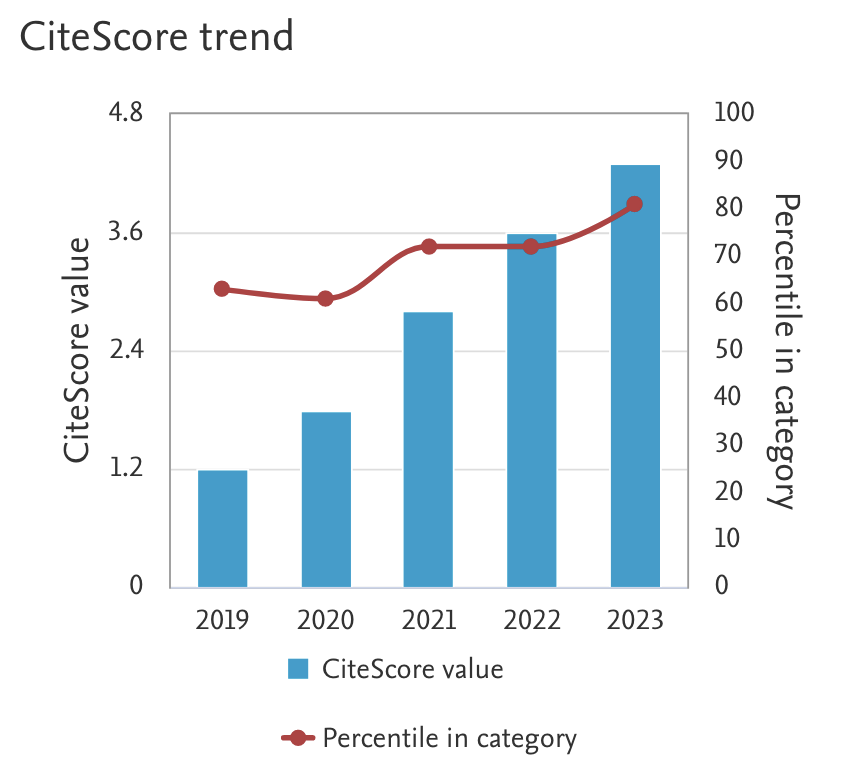Akathisia superimposed to Hashimoto’s encephalopathy in an old lady
Akathisia superimposed to HE
Keywords:
Hashimoto’s encephalopathy, elderly, akathisia, plasma exchange, antithyroid antibodyAbstract
Background and aim: Hashimoto’s encephalopathy (HE) is a rare clinical entity that is associated with encephalopathy with alteration of consciousness, presence of high levels of antithyroid antibodies, and exclusion of other suspected etiologies.
Methods: We describe a 60-year old lady who had been followed up for about 5 years for possible Alzheimer's disease plus Parkinson's disease and presented with akathisia overlapping a progressive encephalopathy compatible with the diagnosis of HE.
Results: Initial steroid therapy had shown no clinical benefit, whereas a mild to moderate improvement in clinical condition was observed after a 5-day course of plasmapheresis.
Conclusions: Given this case, it is clear that this challenging yet treatable clinical syndrome should be considered even in older patients. Furthermore, side effects such as akathisia should also be considered when starting antipsychotic treatment, particularly in patients with an unclear diagnosis. The patient is noteworthy due to the extremely rare occurrence of HE presenting with akathisia, especially in the elderly.
References
Castillo P, Woodruff B, Caselli R, et al. Steroid-responsive encephalopathy associated with autoimmune thyroiditis. Arch Neurol 2006; 63:197-202. doi:10.1001/archneur.63.2.197
Kirshner HS. Hashimoto's encephalopathy: a brief review. Curr Neurol Neurosci Rep 2014;14:476. doi:10.1007/s11910-014-0476-2
Diagnostic and Statistical Manual of Mental Disorders: DSM-5. Arlington, VA, American Psychiatric Association, 2013.
Perrillo RP, Gish R, Falck-Ytter YT. American Gastroenterological Association Institute technical review on prevention and treatment of hepatitis B virus reactivation during immunosuppressive drug therapy. Gastroenterology 2015; 148:221-244.e3. doi:10.1053/j.gastro.2014.10.038
Hirose S. The causes of underdiagnosing akathisia. Schizophr Bull 2003;29:547-558. doi:10.1093/oxfordjournals.schbul.a007027
Vena J, Dufel S, Paige T. Acute olanzapine-induced akathisia and dystonia in a patient discontinued from fluoxetine. J Emerg Med 2006; 30:311-317. doi:10.1016/j.jemermed.2005.03.019
Mattozzi S, Sabater L, Escudero D, et al. Hashimoto encephalopathy in the 21st century. Neurology 2020; 94:e217-e224. doi:10.1212/WNL.0000000000008785
Mocellin R, Walterfang M, Velakoulis D. Hashimoto's encephalopathy: epidemiology, pathogenesis and management. CNS Drugs 2007; 21:799-811. doi:10.2165/00023210-200721100-00002
Downloads
Published
Issue
Section
License
Copyright (c) 2022 Ahmet Turan Isik, Derya Kaya, Kubra Altunkalem Seydi

This work is licensed under a Creative Commons Attribution-NonCommercial 4.0 International License.
This is an Open Access article distributed under the terms of the Creative Commons Attribution License (https://creativecommons.org/licenses/by-nc/4.0) which permits unrestricted use, distribution, and reproduction in any medium, provided the original work is properly cited.
Transfer of Copyright and Permission to Reproduce Parts of Published Papers.
Authors retain the copyright for their published work. No formal permission will be required to reproduce parts (tables or illustrations) of published papers, provided the source is quoted appropriately and reproduction has no commercial intent. Reproductions with commercial intent will require written permission and payment of royalties.






